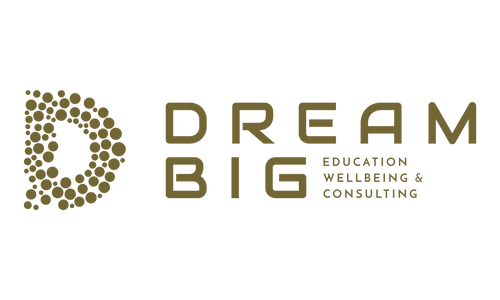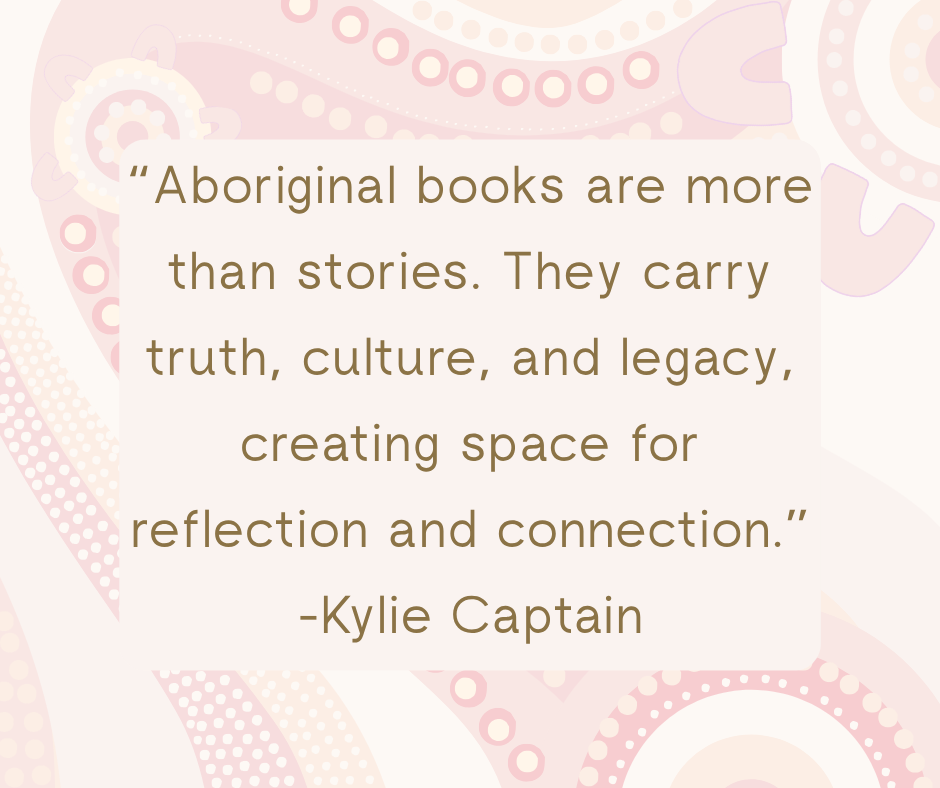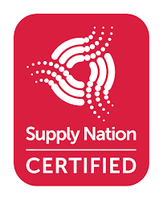More Than Just Pages
Aboriginal books are so much more than printed words. They’re living knowledge. They’re truth-telling tools. They’rebridges between generations, culture, and Country.
If you’re an educator, parent, or simply a curious soul wanting to engage with Aboriginal perspectives and content in a meaningful way, these books can be the spark that lights the fire.
At Dream Big Education Wellbeing and Consulting, we’re all about inspiring change and creating culturally safe spaces in schools and communities, and Aboriginal authored books are foundational to that mission.
Why Aboriginal Books Matter
Aboriginal stories are often passed through oral traditions, but when captured in books, they become powerful teaching tools, especially in a classroom setting.
They allow students to:
• Understand diverse worldviews
• Connect with First Nations voices authentically
• Reflect on Australia's true and colonial history
• Develop empathy, curiosity, and appreciation for Aboriginal culture
More than just texts, Aboriginal books open doors to deep conversations. They challenge assumptions and they encourage critical thinking.
Aligning Aboriginal Books with pedagogies such as the 8 Ways Pedagogy, also know as Aboriginal Pedagogies.
The 8 Ways Pedagogy is an impactful Aboriginal learning framework that emphasises relationships, community, and context. When paired with Aboriginal literature, magic happens.
Here’s how Aboriginal books support the 8 Ways Pedagogy:
• Story Sharing – Books bring Dreamtime stories, family history, and lived experiences into the learning space.
• Learning Maps – Stories create pathways that mirror the non-linear, spiraling style of Aboriginal learning.
• Non-verbal – Illustrations, symbols, and layout in many Aboriginal books support visual and symbolic understanding.
• Land Links – Many books are rooted in Country. They honour land, place, and connection to land.
• Community Links – Authored by Elders or local voices, they connect readers directly with Aboriginal community knowledge.
• Deconstruct/Reconstruct – They provide a safe space to unpack colonisation, racism, skin colour bias, and resilience.
• Learning through Symbols & Images – Rich illustrations and symbolic language support multimodal learning. Books like “WarraWarra Wai: How Indigenous Australians discovered Captain Cook, and what they tell about the coming of the Ghost People” by Darren Rix and Craig McCormack. Those from Magabala Books are excellent examples.
• Connectedness – Every book becomes a connector: of people, ideas, past and future.
We’re proud to offer resources that aren’t just informative; they’re transformative.
📚 Books
Dream Big and Imagine the What If
A motivational and empowering read encouraging readers to reflect, dream big, and act on the possibilities life offers. It’sinfused with resilience, cultural pride, and the transformative power of mindset.
Be That Teacher Who Makes a Difference (Co-written with Dr Cathie Burgess)
Focused on empowering educators, especially in Aboriginal education. Offers inspiration and practical insights to lead with purpose and build culturally responsive classrooms.
Create the Life of Your Dreams in Your Teens (Co-written with Tyrell Johnson)
Aimed at teens, this book blends life lessons from both mother and son. It inspires young people to believe in themselves, set goals, and dream boldly.
Journals
Brown Dream Big Journal
A therapeutic tool filled with hand-drawn illustrations, motivational quotes, and writing prompts. It helps users set goals, reflect, and manifest their dreams. Emphasises self-worth, mindset, and personal growth.
Pink Dream Big Journal
A themed variation of the Dream Big Journal with the same inspirational content but designed in a vibrant pink cover.
Celebrating Aboriginal Authors
Let’s not forget the storytellers themselves. Authors like Thomas Mayo, Carl Merrison, Corey Tutt, and Anita Heiss bring Aboriginal and Torres Strait Islander perspectives to life in beautiful book formats from award-winning picture books to powerful adult stories.
Magabala Books, a leading Aboriginal-owned publisher, offers a rich collection of picture books, Board Books, and colourful books that highlight culture from prep to professional levels.
How to Use Aboriginal Books in the Classroom
• Start a yarning circle around a story
• Compare Dreamtime stories to Western stories
• Use illustrations to explore symbolism and images of people
• Link texts to Country, life, and local Aboriginal history
• Invite Elders to share personal or family history connections
• Always pre-read and ensure you’re using texts with cultural permissions and appropriate context. Not all Aboriginal books are created equal.
Authenticity matters!
Where to Begin
If you’re not sure where to start?
Begin with these simple steps:
• Explore your school or local library for Aboriginal-authored books.
• Visit the AIATSIS Shop for curated, authentic literature.
• Check out Dream Big’s collection of books aligned with culturally safe practices.
• Join our workshops to dive deeper into culturally responsive pedagogy.
Final Thoughts:
Aboriginal books don’t just tell stories, they ignite transformation. When used with intention and respect, they can reshape classrooms and communities.
So let’s read with purpose.
Let’s teach with truth. And let’s empower every learner to dream big, learn deeply, and connect culturally.
FAQs
1. What are Aboriginal books?
Aboriginal books are texts written by or about Aboriginal and Torres Strait Islander peoples, reflecting their stories, culture, language, and history.
2. What is the 8 Ways Pedagogy?
It’s an Aboriginal teaching framework grounded in Aboriginal knowledge systems. It honours relationships, land, community, and storytelling.
3. Can I use Aboriginal books if I’m not Aboriginal?
Yes, but with respect. Choose authentic sources and always use them in culturally safe and appropriate ways.
4. Where can I find authentic Aboriginal books?
Check out Dream Big Education Wellbeing and Consulting, AIATSIS, Magabala Books, or other Aboriginal-owned bookstores such as Riley Callie Resources.
5. How can Aboriginal books help in the classroom?
They support cultural understanding, critical thinking, empathy, and inclusivity - all essential for modern learners.



